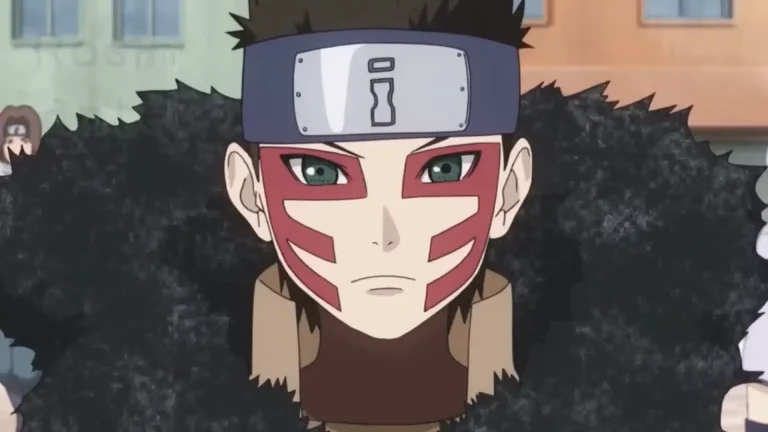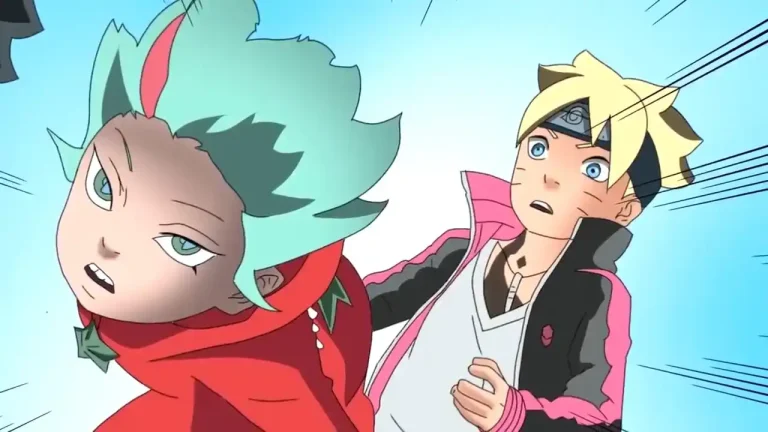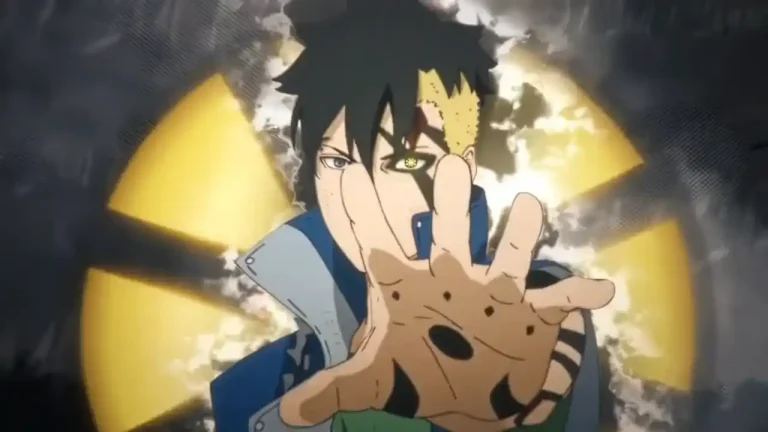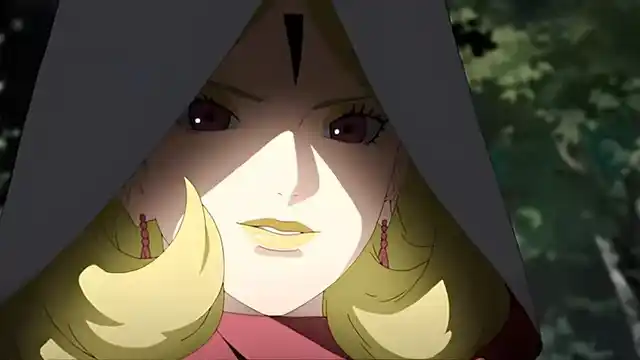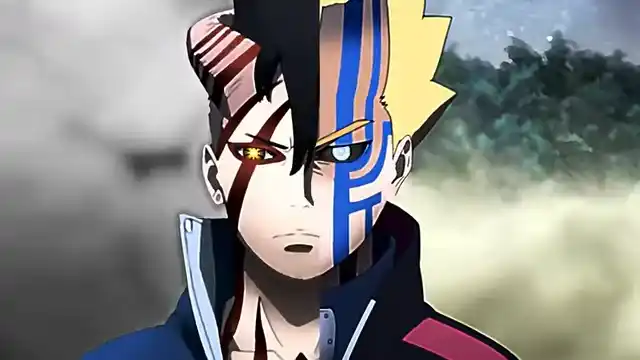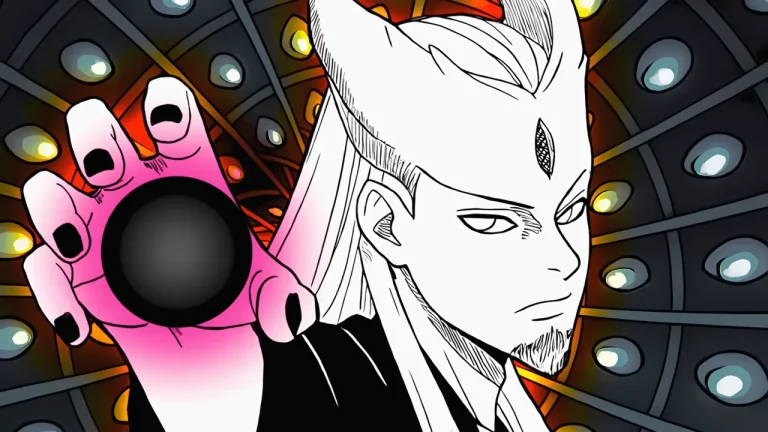Code’s Rise: The Strategic Rebirth of Boruto’s Most Underrated Villain
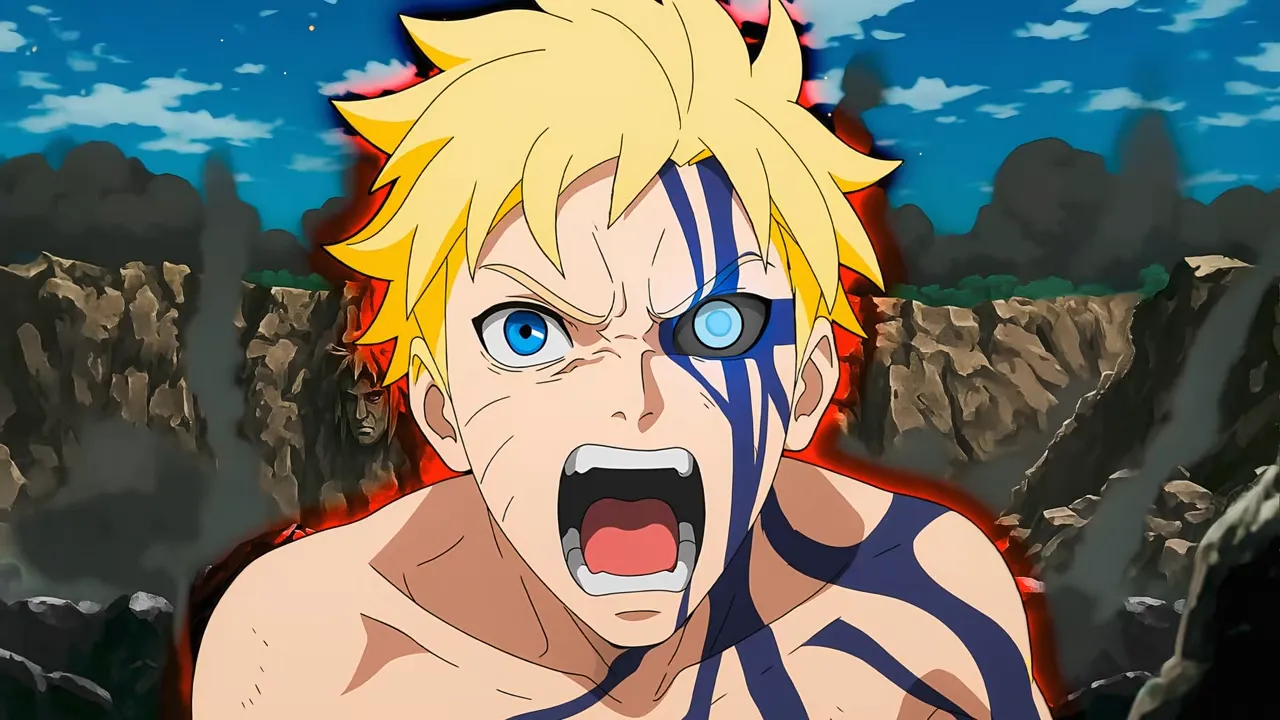
The Strategic Rebirth of Boruto’s Most Underrated Villain
The Boruto Two Blue Vortex manga took a jaw-dropping turn in Chapters 23 and 24, delivering a character development arc that left fans stunned. The once-ridiculed Code has emerged from the shadows, transforming from a perceived failure into a formidable tactician and potential mastermind of the series. Kishimoto and Ikemoto have masterfully redefined Code’s role, setting the stage for a new and dangerous era in the ninja world.
From Laughingstock to Mastermind
Until recently, Code was widely viewed as a one-dimensional villain—loyal, reckless, and obsessed with the legacy of Isshiki Ōtsutsuki. But Boruto Two Blue Vortex Chapter 24 flips that narrative. His character is no longer just a relic of Kara’s past—he’s now a strategist with chilling foresight. This isn’t a random plot twist. The seeds for Code’s evolution were sown as early as Chapter 15.
Divine Trees and a Moment of Insight
In Chapter 15, Code finds himself surrounded by newly awakened Divine Trees—god-tier sentient beings—and their arrogant leader, Jura. Code, humiliated and outclassed, speaks up with what initially seems like a desperate plea: “What would happen if we Divine Trees ate it?”
At first glance, this may look like weakness. But upon closer examination, it’s a moment of tactical clarity. While Jura is drunk on newfound power, Code assesses the battlefield with surgical precision. He identifies Kawaki’s emotional instability as a vulnerability that the Divine Trees overlook—an insight that would prove prophetic later on.
Shared History with Kawaki
Code’s insight doesn’t come from thin air—it stems from shared trauma. Both he and Kawaki were subjects of Kara’s brutal experiments, survivors of Amado and Jigen’s ruthless pursuit to create a perfect vessel. While Kawaki was chosen, Code’s Karma mark mutated into a rare phenomenon known as White Karma—a unique power that ironically made him stronger than even Jigen.
Despite this strength, Code was restrained. Amado implanted limiters to suppress Code’s abilities, fearing what his power might unleash. Still, Code retained a deep psychological understanding of Kawaki, having endured the same hellish process that forged the vessel.
Jura’s Fatal Mistake
Jura dismissed Code, not because he doubted his strength, but because he failed to recognize his intellect. The fatal turning point came when Jura casually suggested that the Divine Trees might consume the Chakra Fruit themselves—a direct threat to Code’s purpose.
Code’s reaction was immediate and intense: “Did you just imply you’re thinking of defying me?” This wasn’t just a heated reply; it was the moment Code shifted from loyal follower to independent operator. From that point on, Jura was no longer a leader—he was a rival.
Chapter 23: Code’s Predictions Come True
Everything Code predicted unfolds in Chapter 23. Kawaki, driven by unrestrained emotion, clashes with Jura and surprisingly holds his ground. While other Shinju members—like Matsuri and Ryu—waste time toying with their opponents and get humiliated, Code’s strategy stands out. He alone advocated for efficiency, psychological warfare, and precision.
For the first time, Code isn’t just another brawler—he’s the only antagonist who read the situation correctly, elevating him above the rest through sheer foresight.
Is Code the Strongest Yet?
Let’s not forget that even Amado admitted Code’s full potential exceeds Jigen’s—limiters aside. His White Karma marks him as a potential future Otsutsuki, with the ability to evolve far beyond his current state. But here’s where it gets even more interesting: Amado may still be holding him back.
Despite removing Code’s known limiters, Amado is a manipulator at heart. It’s likely he embedded fail-safes and deeper restrictions within Code, allowing his power to surface only in critical moments. Evidence? Code survives Boruto’s new Rasengan Uzuhiko, an attack harnessing the planet’s rotation—proof of insane durability and unrealized power.
Code’s True Arc: Becoming a Shadow Mastermind
So, where does this leave Code? Not just as a brawler, not even as a rival—but as a looming third force, possibly in the mold of Kabuto Yakushi from the Naruto series. Kabuto, once Orochimaru’s servant, evolved into a central antagonist during the Fourth Great Ninja War. Code could follow the same path—gathering intel, manipulating allies, and striking when least expected.
He may appear to ally with Jura for now, but his true intentions are likely brewing beneath the surface. Like Black Zetsu’s betrayal of Madara, Code might be positioning himself for a backstab that will redefine the power structure.
Final Verdict: Code Is No Joke Anymore
In a series often driven by raw power and flashy jutsus, Code represents something rarer—strategic brilliance. He understands his enemies on a psychological level, anticipates moves before they’re made, and masks his intent behind the guise of loyalty.
What’s more, he sits atop untapped power that could rival or even surpass the likes of Boruto and Kawaki once fully unlocked. His transformation from “fanatical failure” to potential mastermind villain is one of the most brilliant writing decisions in Boruto so far.
What’s Next?
Will Code fulfill this prophecy and become the major threat of the new era? Or is this all a clever setup for another fall? One thing’s for sure—the Boruto story just got a lot more interesting, and Code is now a name we can’t afford to ignore.
What do you think? Is Code truly evolving into Boruto’s most dangerous villain? Drop your thoughts and theories in the comments below.
If you enjoyed this analysis, be sure to follow for more deep dives into the Boruto Two Blue Vortex manga.

